According to Germanic folklore, "If January is frosty and cold, a green woodland will soon entice us".
The implication being that a severe January is the necessary pre-requisite not only for a timeous spring bursting forth with new life, but also for a warm, (meteorologically) settled, summer.
But in the frost and cold and dark and endlessness of January that green (deciduous) woodland is still a long way off, is unimaginable, is unreachable, is almost mythical; however, protection, and distraction, from January can always be found in the warmth and stimulation and light of a good architecture or art or design exhibition.
Our five enticing shelters from the climatic vagaries of January 2022 can be found in Berlin, Humlebæk, Bloomfield Hills, Moscow and New York.......
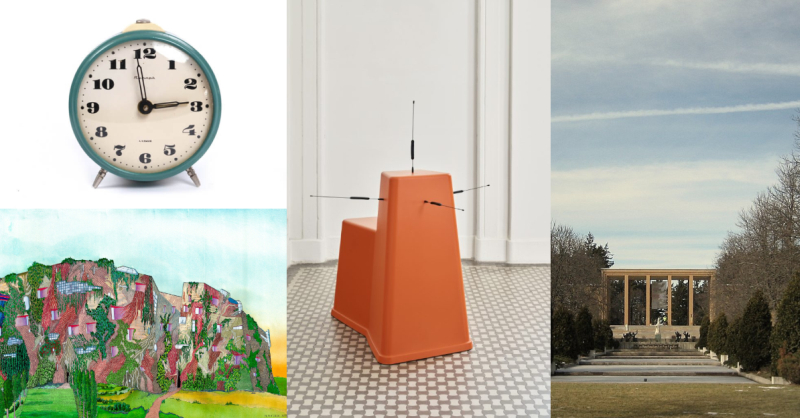
Any society in any place at any time is defined not only by those higher powers to which it looks for guidance, nor only by the institutional structures around which it is built, but also by its mundane objects of daily existence; mundane objects which invariably inform the rituals of daily life, and that, at the personal level, often to a greater degree than the higher powers and institutional structures.
And mundane objects which augment and negate one another much quicker than our higher powers and institutional structures develop and evolve, meaning that for the greater many of us our daily lives are primarily affected by the arrival of new objects and the accompanying new rituals. New objects and rituals we only rarely see approaching, yet once they arrive, can't imagine being without.
In context of New Normals Konstantin Grcic promises an array of speculative future objects and scenarios, or more accurately, and assuming we've correctly understood, which as ever isn't necessarily the case, promises an array of his own objects as if developed in a speculative future rather in that actual past in which they were developed, and which as a collection of installations should... should..... should.......
¿Should?
That's the big question. With exhibitions which concern themselves with speculative future scenarios and/or questions of relationships, it is impossible to say in advance what the visitor is likely to take from the showcase, what thoughts, associations and arguments the showcase will bring forth; yes, the curators always list what they expect the visitor to take, but the response is always individual, is always within and in context of the individual viewer. Which, for us, is the point, the value, of such exhibitions; that they allow for individual positions on communal subjects. Or can, when they are well produced. Which is the second big question; however, Konstantin Grcic is a designer who in his theoretical work regularly reflects on both future directions and the essence of objects beyond the constraints of any particular physical form, and who thus should... should..... should....... provide ample opportunity for reflection and discussion.
Konstantin Grcic. New Normals is scheduled to open at Haus am Waldsee, Argentinische Allee 30, 14163 Berlin on Friday January 21st and run until Sunday May 8th. Please check the Haus am Waldsee website for current information regarding opening times, ticketing and safety/hygiene regulations.
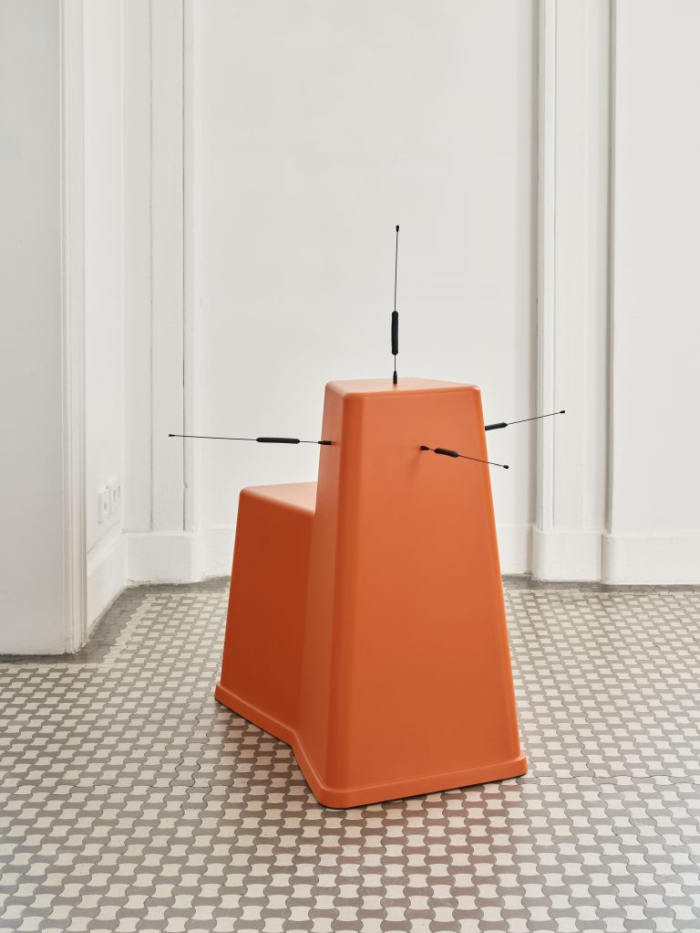
While the popular understanding of an architect is someone who develops buildings and physical spaces, some of the more interesting and important architects have primarily developed positions and theoretical spaces. Among the most interesting and important being the English architect Peter Cook.
Born in 1936 Peter Cook studied architecture in Bournemouth before in 1958 enrolling at the Architectural Association in London, graduating in 1960; thus placing Cook at one of the centres of more radical approaches to architecture just at the moment those more radical visions were becoming ever more confidently articulated.
Visions of a more radical architecture Cook was to become a leading international protagonist and proponent and articulator of, for all in context of the Archigram collective who, in addition to developing physical projects, are arguably best known, most important, most interesting, for their theoretical urban and spatial planning concepts, not least the Plug-In City, in effect a Plug and Play concept before such existed or the Walking City, which took nomadicity to previously, and still, unimaginable scales.
Visions of a more radical architecture Peter Cook primarily disseminated and disseminates through drawings, drawings which, as with those of a Balkrishna Doshi, take the architectural drawing to new levels, are works for which the term architectural drawing is far too narrow. And which often encapsulate the spirit of the space being discussed and the intention of the proposed intervention more succinctly and precisely and elegantly than conventional architectural drawings could ever hope to. And which more often than not are also works of art in their own right.
And drawings, visions of a more radical architecture, positions on the relationships between human society and the spaces they inhabit, that are always well worth engaging with.
Peter Cook - City Landscapes is scheduled to open at Louisiana Museum of Modern Art, Gl. Strandvej 13, 3050 Humlebæk on on Friday January 21st and run until Sunday May 8th. Please check the Louisiana Museum of Modern Art website for current information regarding opening times, ticketing and safety/hygiene regulations.
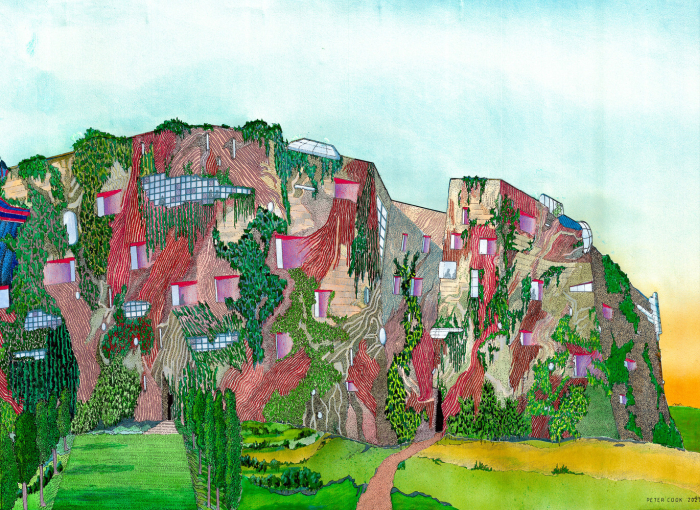
For all that "home" is a relatively simple word to define, it is also an extraordinarily complicated concept to define. And, arguably, a concept that is becoming ever more complicated to define as the realities of global society bring ever more disparate aspects into play.
A complexity Cranbrook Art Museum aim to approach through artistic projects and positions which promise to explore and discuss and dissect "home" from varied and diverse perspectives, in varied and diverse contexts, at varied and diverse levels; and which in doing so through from the freedom of artistic practice rather than through the more structured, regulated, architecture, design, sociology, psychology, et al from which "home" is normally approached, should... should..... should....... allow not only for differentiated insights into "home", but also into the architectural, design, sociological, psychological, et al approaches to "home" and the strengths and weaknesses inherent therein. Question if those are the best ways to approach "home".
And while as an exhibition Homebody is unlikely to leave you in a position to confidently define "home", it should allow for fresh frameworks via which to approach that definition. And continually re-approach it as global society moves further forward. And as you move with and within that global society.
Homebody is scheduled to open at Cranbrook Art Museum, 39221 Woodward Ave, Bloomfield Hills, Michigan 48303 on Wednesday January 26th and run until Sunday June 19th. Please check the Cranbrook Art Museum website for current information regarding opening times, ticketing and safety/hygiene regulations.
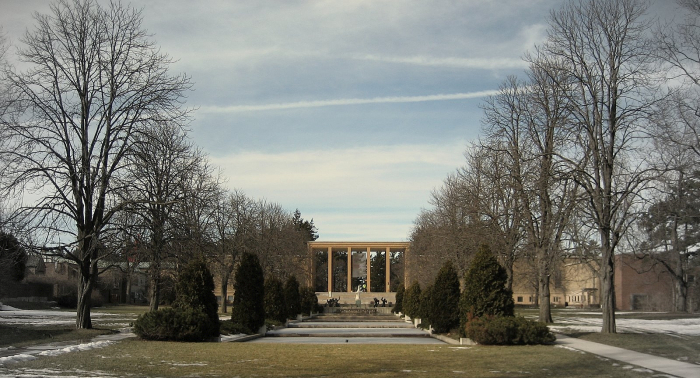
Organised by the Moscow Design Museum in conjunction with The State Tretyakov Gallery, and based, we're assuming, on a previous, and much more limited, travelling Moscow Design Museum exhibition, History of Russian Design. Essentials promises a fulsome exploration of design in the contemporary Russia since 1917, a journey undertaken in the company of some 500 objects and in four chapters: Avant-garde with its, one presumes, focus on the Constructivists and the exchanges between the Russian and other European inter-War Avant-gardes; Art Deco and Stalin's Empire Style which should allow insights into the idealised national romantic of Stalinist anti-Formalism and thus design in a political context; Post-war design with its continuation of the political in design into the Cold War, and that set against the background of the economic realities of the USSR; and Contemporary Russian design, a subject the majority of us outwith Russia have only the vaguest understanding of. An understanding we should all improve.
And thus a presentation which should not only allow one to approach better appreciations of the (hi)story of design in the contemporary Russia, but also allow one to approach better appreciations of the influence of design from the contemporary Russia on design elsewhere. And vice versa.
In how far Essentials will allow for understandings of the degree to which the cultural heritage and requirements of the different peoples who made up the Soviet Union were integrated into mass market design and/or denied by mass market design, the question for whom designers in the Soviet Union were designing, is a question we, at this stage, cannot answer. But is one you should probably pose while viewing the exhibition. Essentials is after all a very subjective term.
History of Russian Design. Essentials opened at the New Tretyakov Gallery, Krymsky Val 10, Moscow 119049 on Monday December 12th and is scheduled to run until Friday November 11th. Please check the New Tretyakov Gallery website for current information regarding opening times, ticketing and safety/hygiene regulations. (Website is in Russian only)
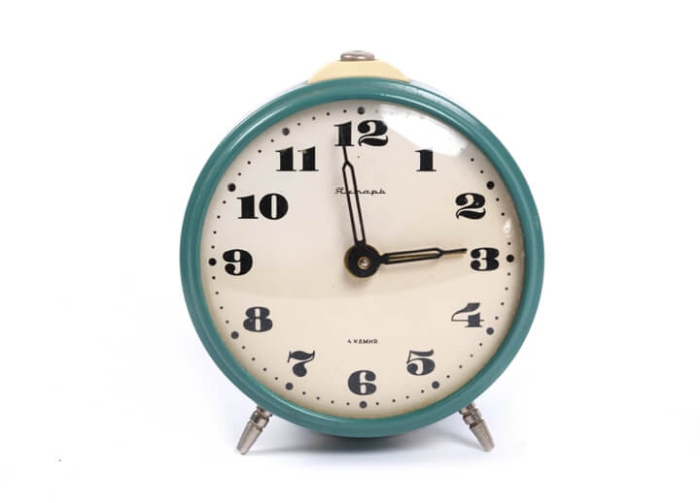
As noted in our reflections on the Windsor Chair, that most simple yet varied of seating objects crossed (in all probability) from Old England to New England at some point in the early 18th century, and where it developed a life and reality all of its own. And thus is an object which stands proxy for the human movement of the 18th century; movement that, yes, was often associated with colonisation and war and slavery and exploitative trade, but movement which saw not only people move but saw cultural understandings, objects and traditions move, or as the Cooper Hewitt note the 18th century witnessed an "unprecedented circulation of labor, skills, aesthetics, and luxury goods across international borders".
A circulation that is all too often ignored in the popular discourse on design (hi)story, a discourse which generally opens in the mid-19th century.
And while we'd argue that 18th century design wasn't, that it was 18th century craft and applied art, the developments of the period in context of our myriad objects of daily use, as again exemplified by the evolution of the Windsor Chair once it arrived in America, not only influenced and informed the development of goods of daily use throughout the 19th century, but continue to influence and inform both aesthetic understandings and also understandings of tradition in context of regional craft, applied arts and design.
Promising....... we're not 100% certain. We currently only have but the scantiest of information, but will update just as soon as we have more. Yet even with the crumbs we have, Foreign Exchange sounds as if it should not only help us all expand our understandings of the (hi)story of design but also help us all expand our field of vision when discussing and reflecting on design, and thereby contribute to the development of more probable appreciations of the (hi)story of design. And thereby more probable appreciations of design.
Foreign Exchange: 18th-century design on the move is scheduled to open at the Cooper Hewitt, Smithsonian Design Museum, 2 East 91st St, New York, New York 10128 on Saturday January 22nd and run until Sunday September 25th. Please check the Cooper Hewitt website for current information regarding opening times, ticketing and safety/hygiene regulations.